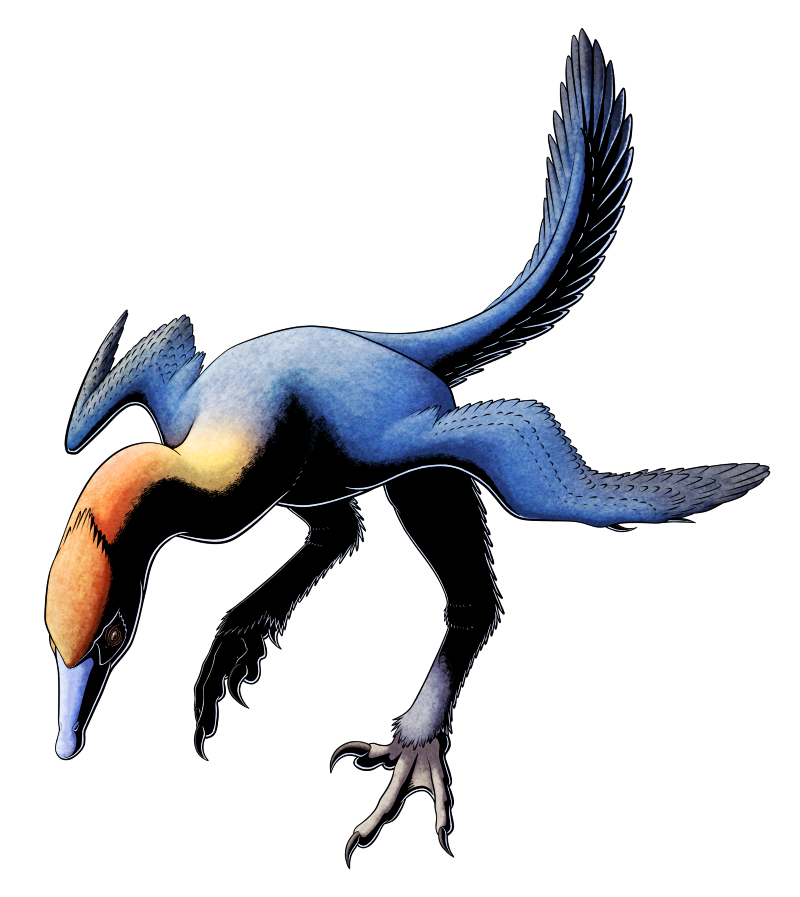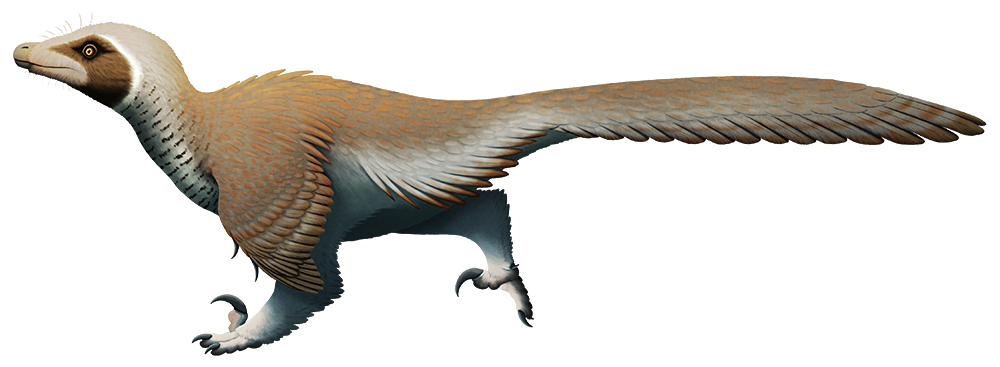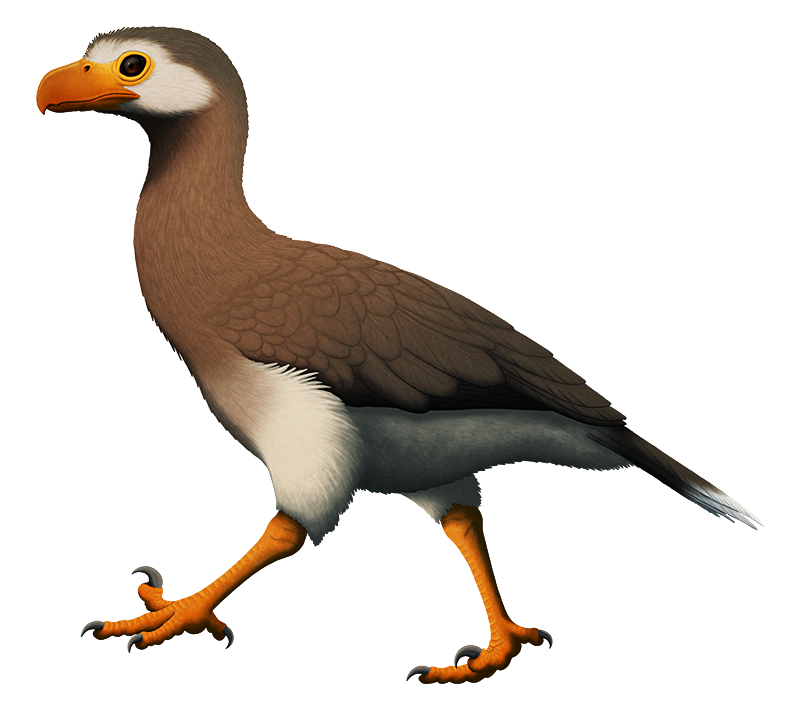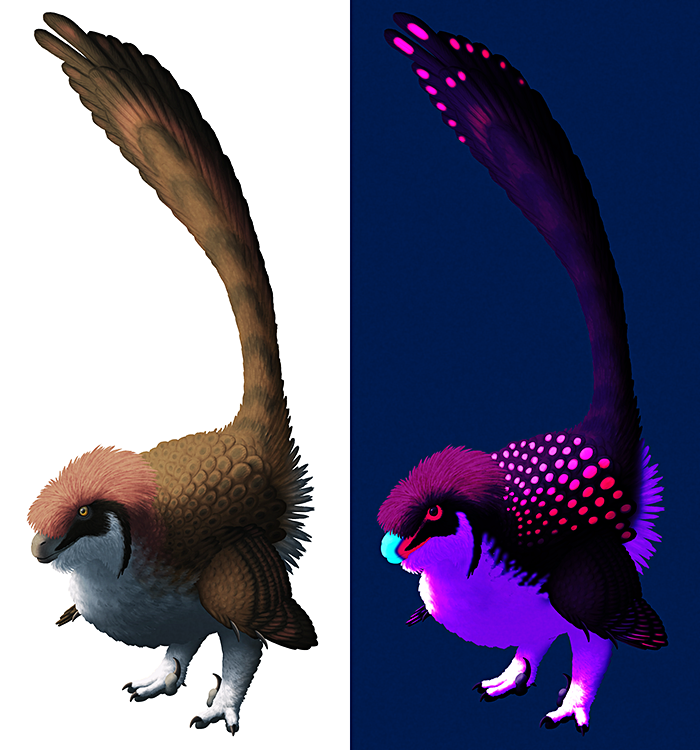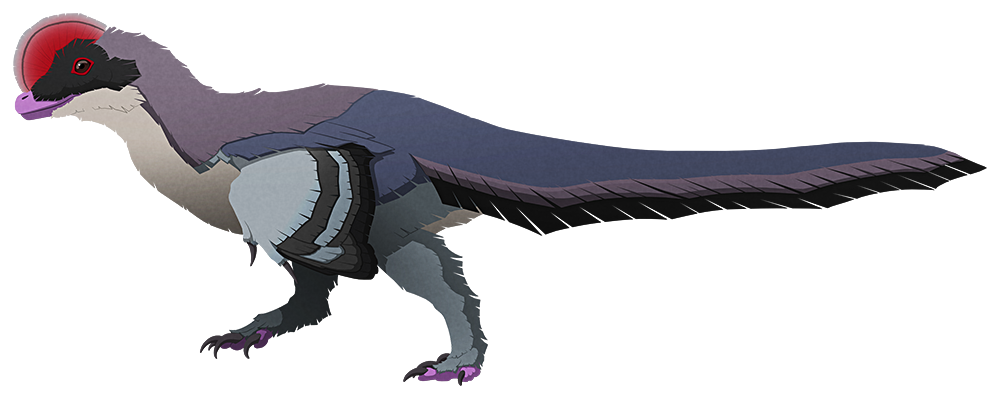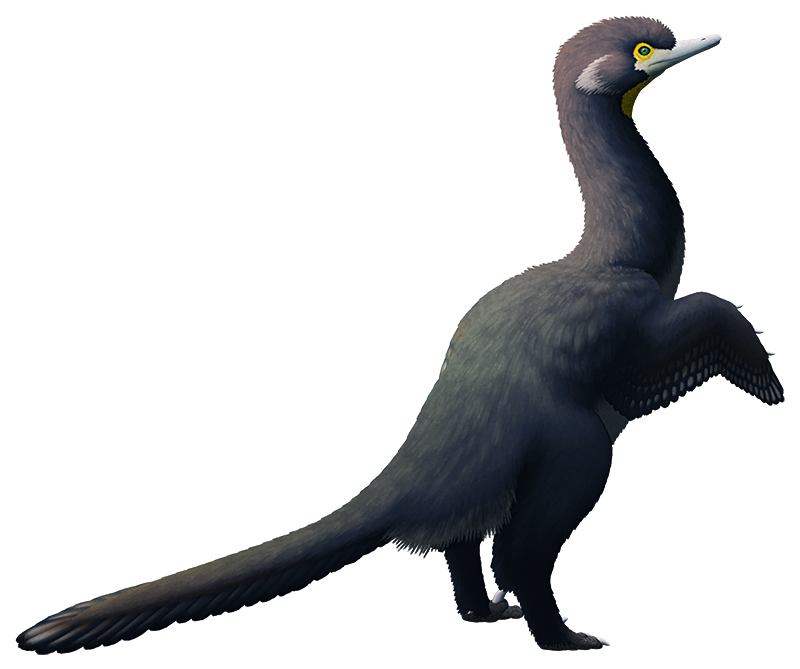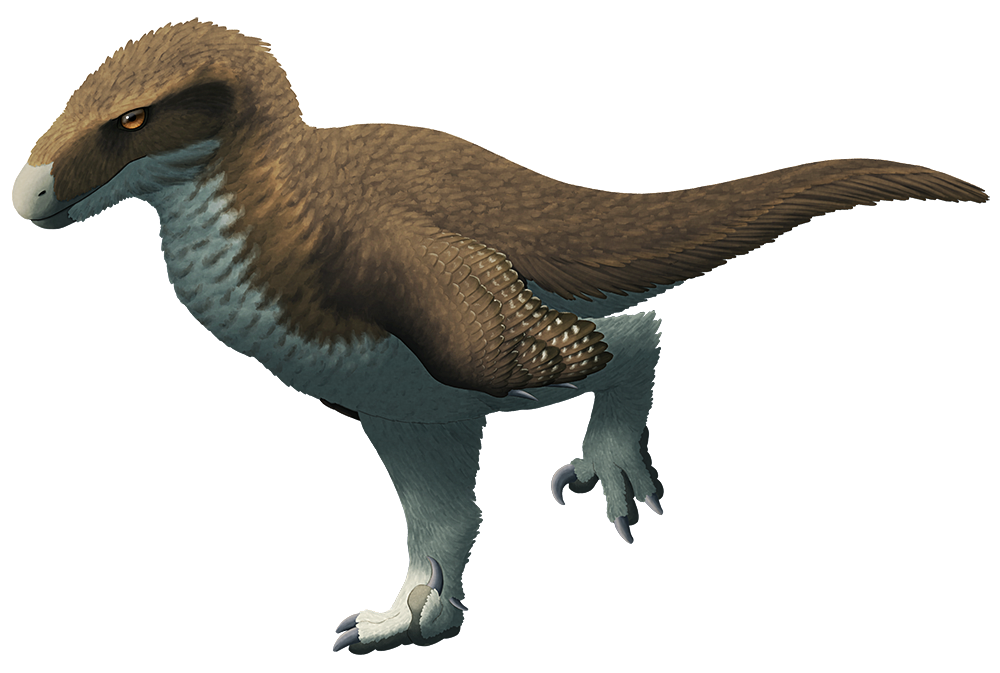Halszkaraptorines were a group of small dromaeosaurids known only from the Late Cretaceous of Mongolia. They were odd little raptors with flattened snouts, long necks, and flipper-like arms – features that suggest they were specialized for swimming, making them the second known lineage of semi-aquatic non-avian dinosaurs after the spinosaurids.
This “duck-raptor” interpretation has been a little controversial since it was first proposed in 2017, but we’ve just gotten some more evidence for it in the form of an entirely new halszkaraptorine.
Natovenator polydontus lived in what is now the Gobi Desert in southern Mongolia, around 72 million years ago. The size of a small duck, about 45cm long (18″), it had jaws full of many needle-like teeth, a long flexible goose-like neck, and a streamlined body with a wide flattened ribcage convergently shaped like those of modern diving birds.
Although it had long strong legs, these don’t show much in the way of aquatic specializations and would have been used more for walking and running on land. Instead it may have used its flipper-like arms to propel itself through the water, like modern penguins or auks.
It probably had a lifestyle similar to modern mergansers, swimming and diving in lakes and rivers, and preying on fish, amphibians, and aquatic invertebrates.

